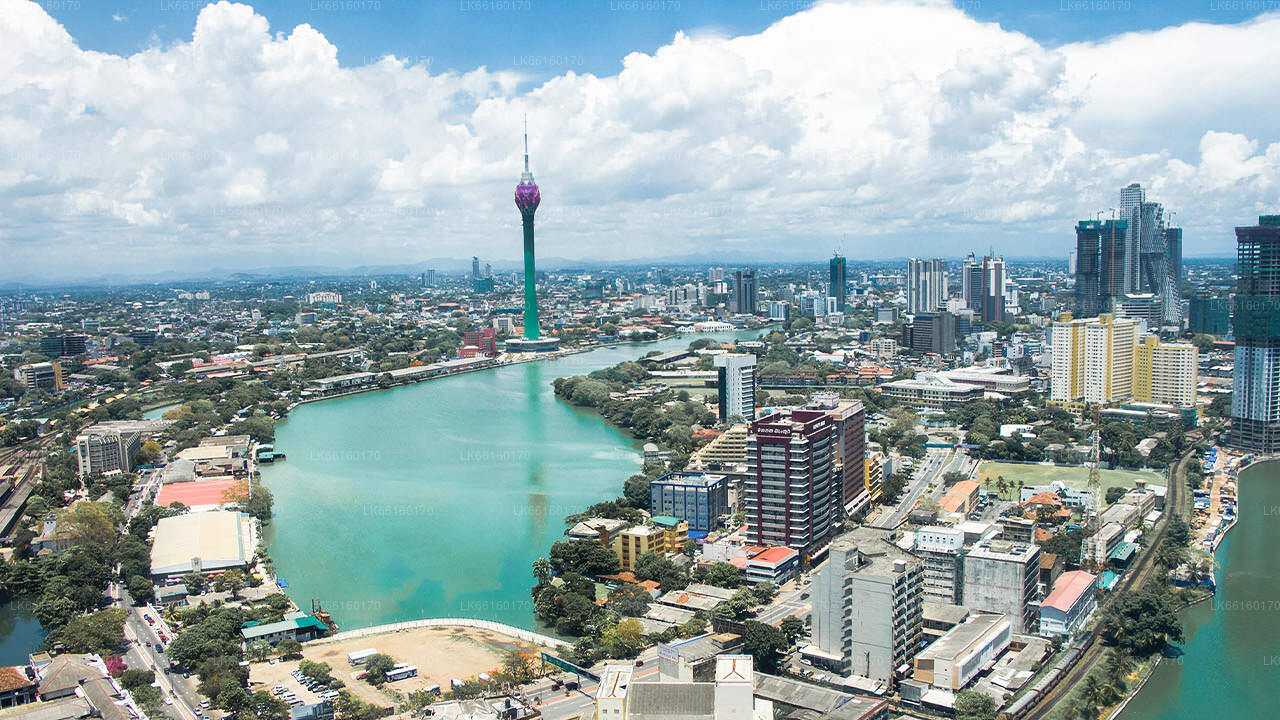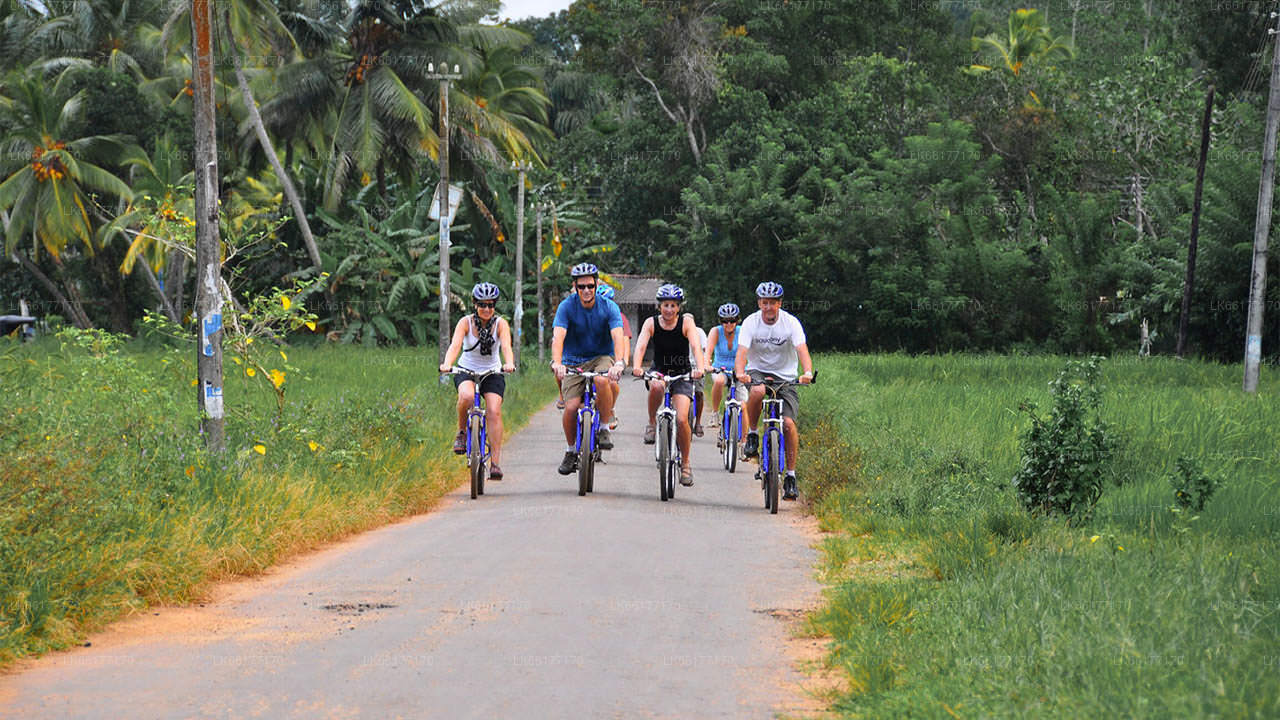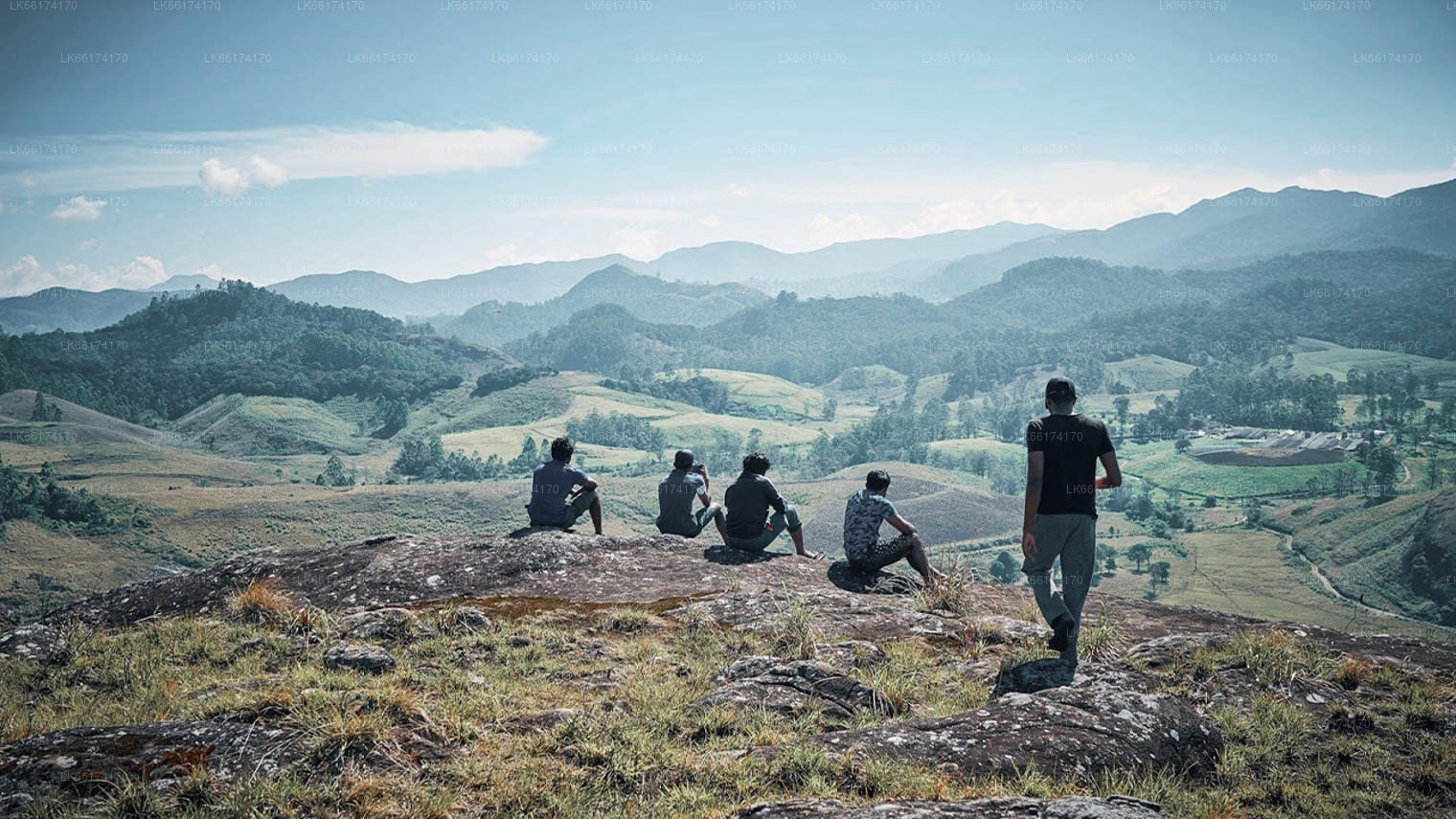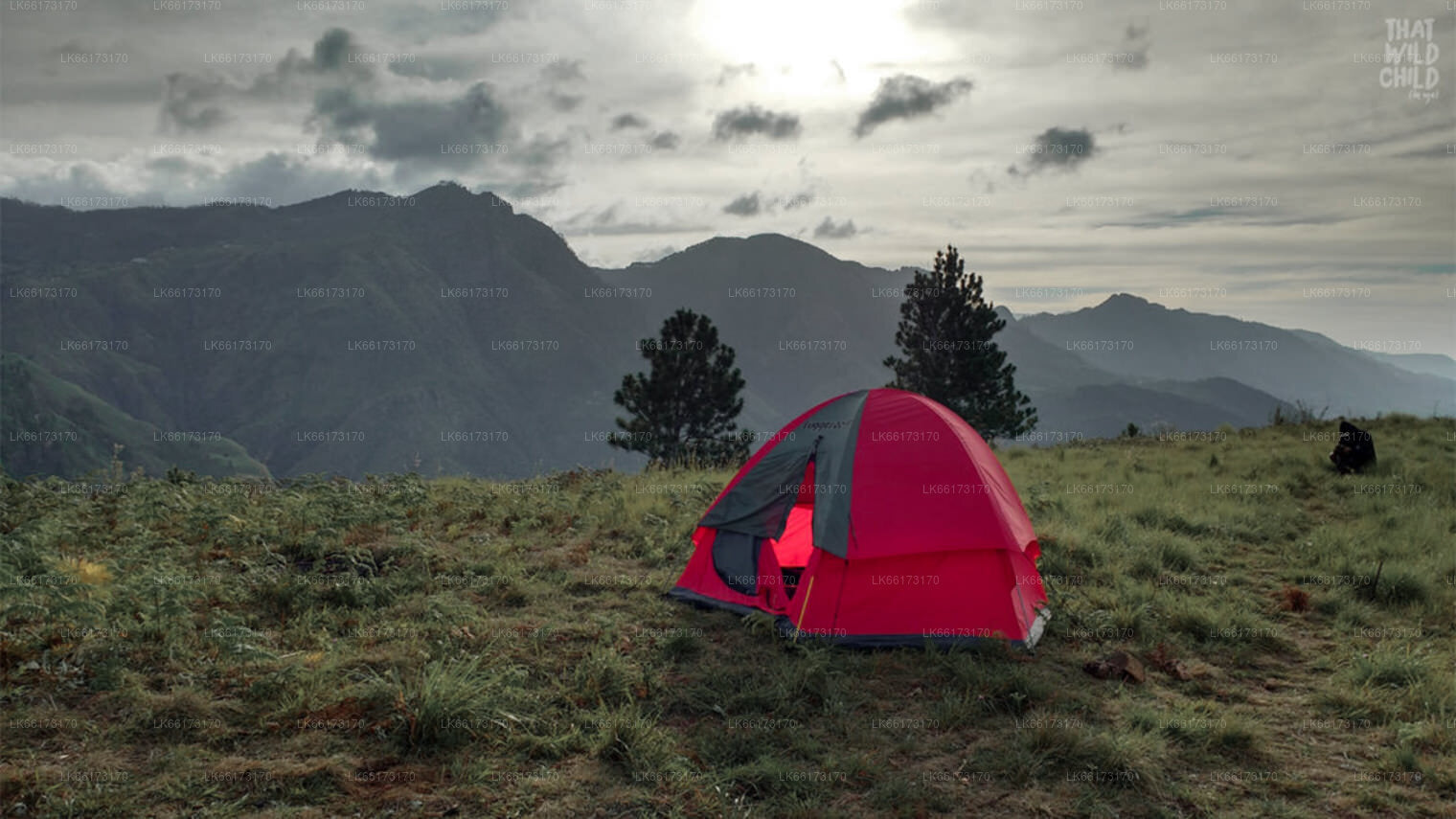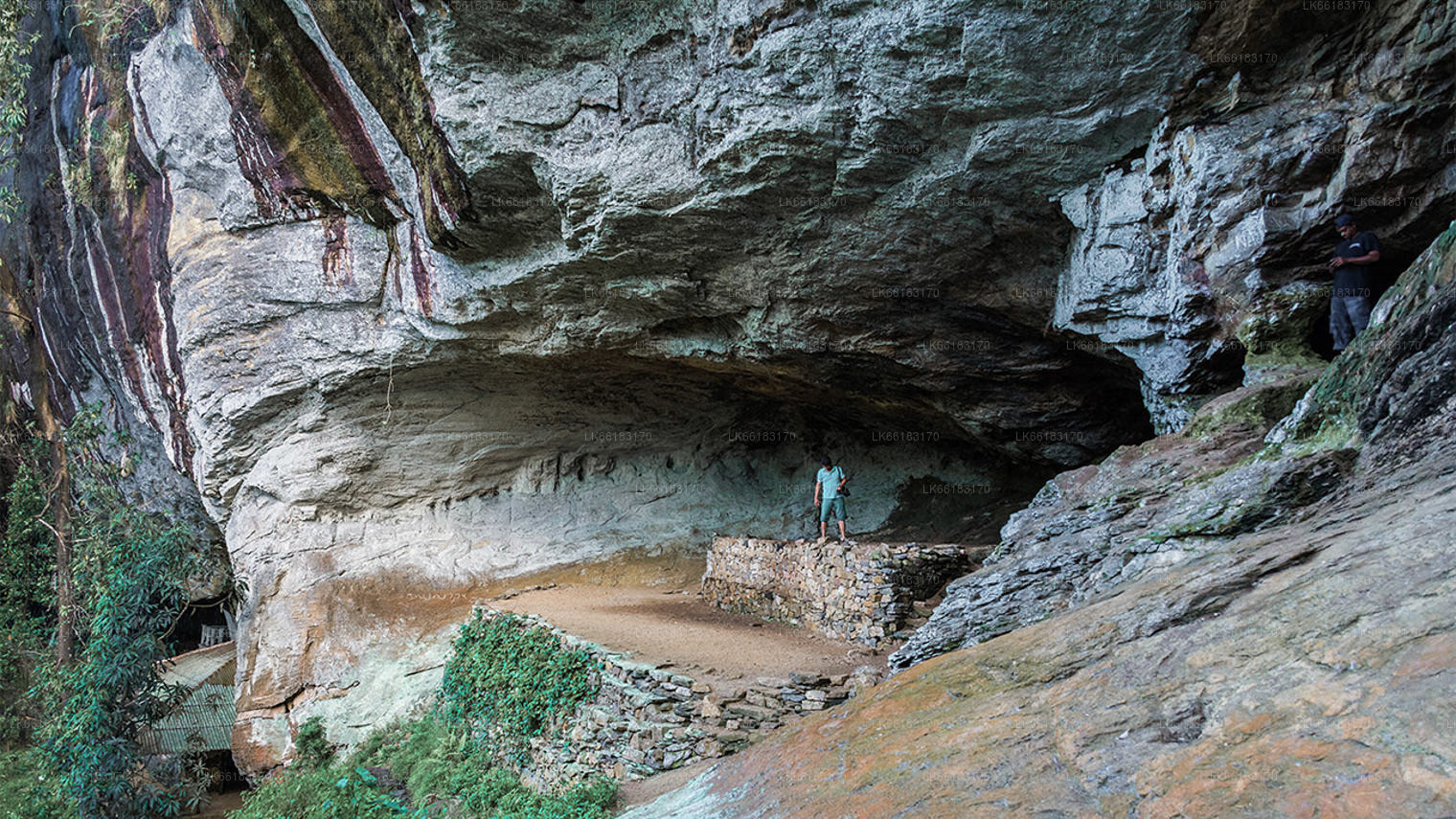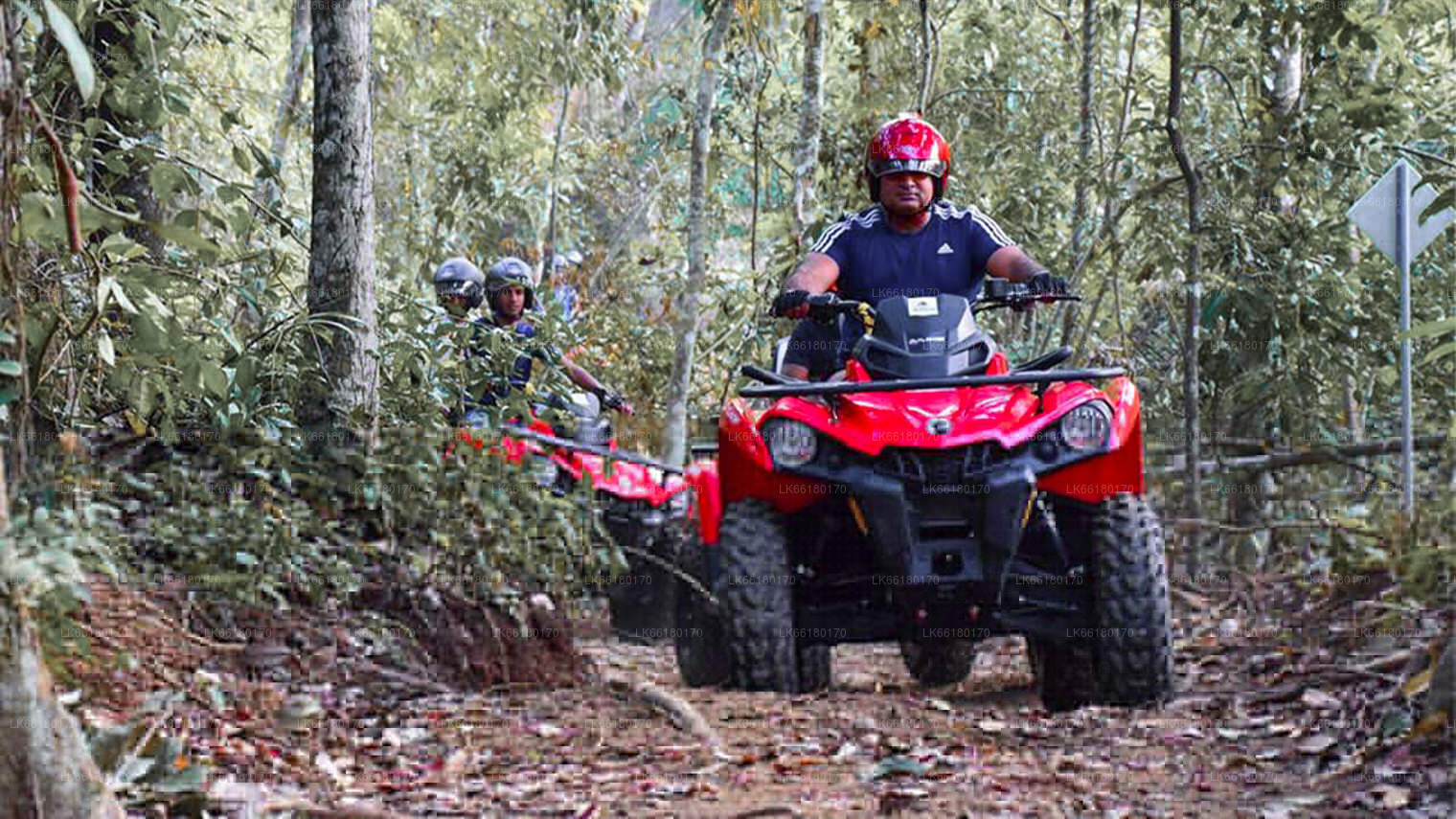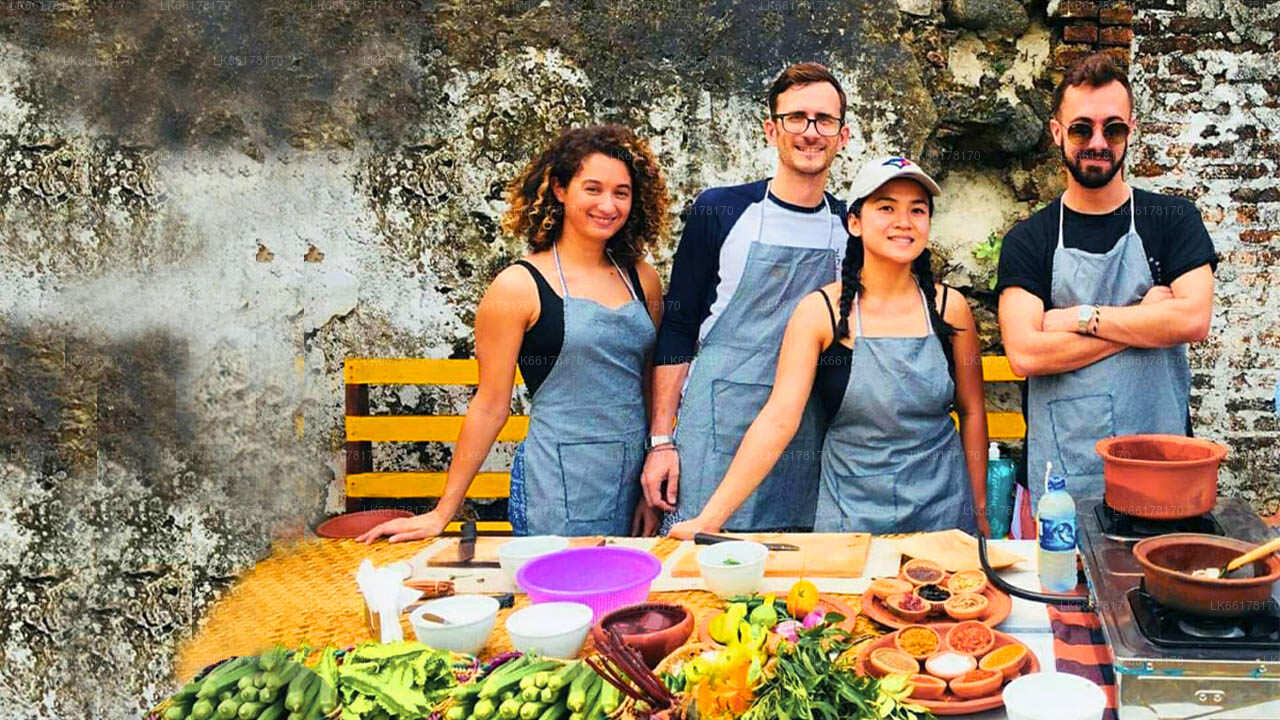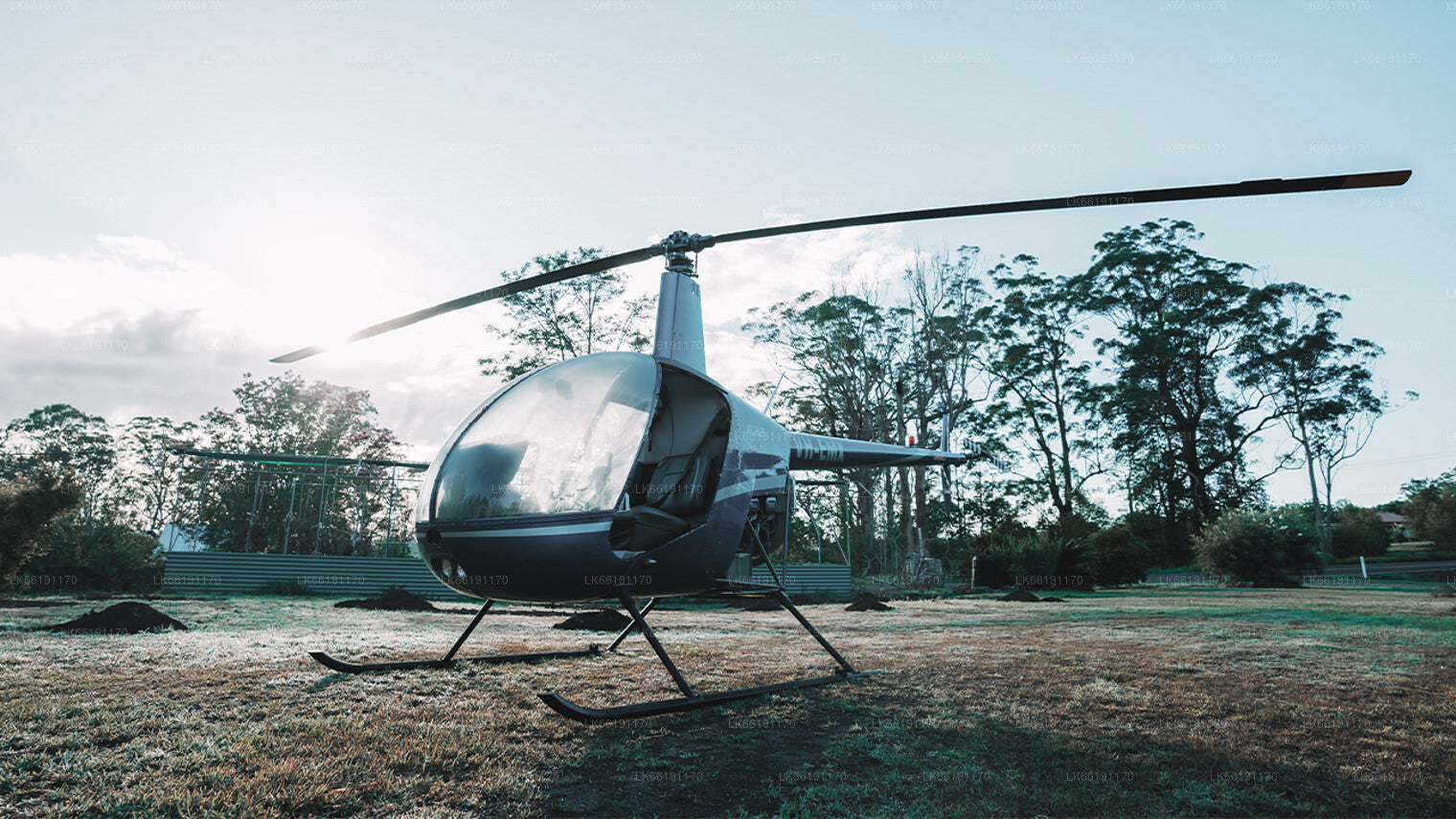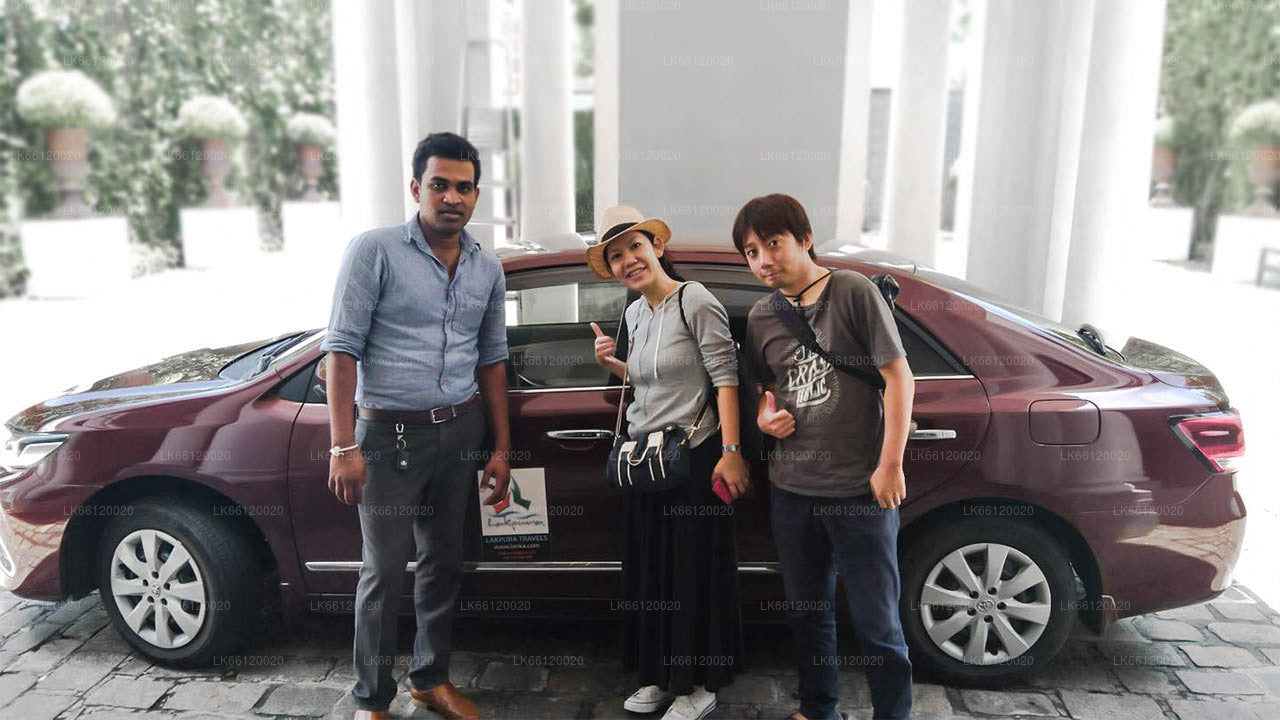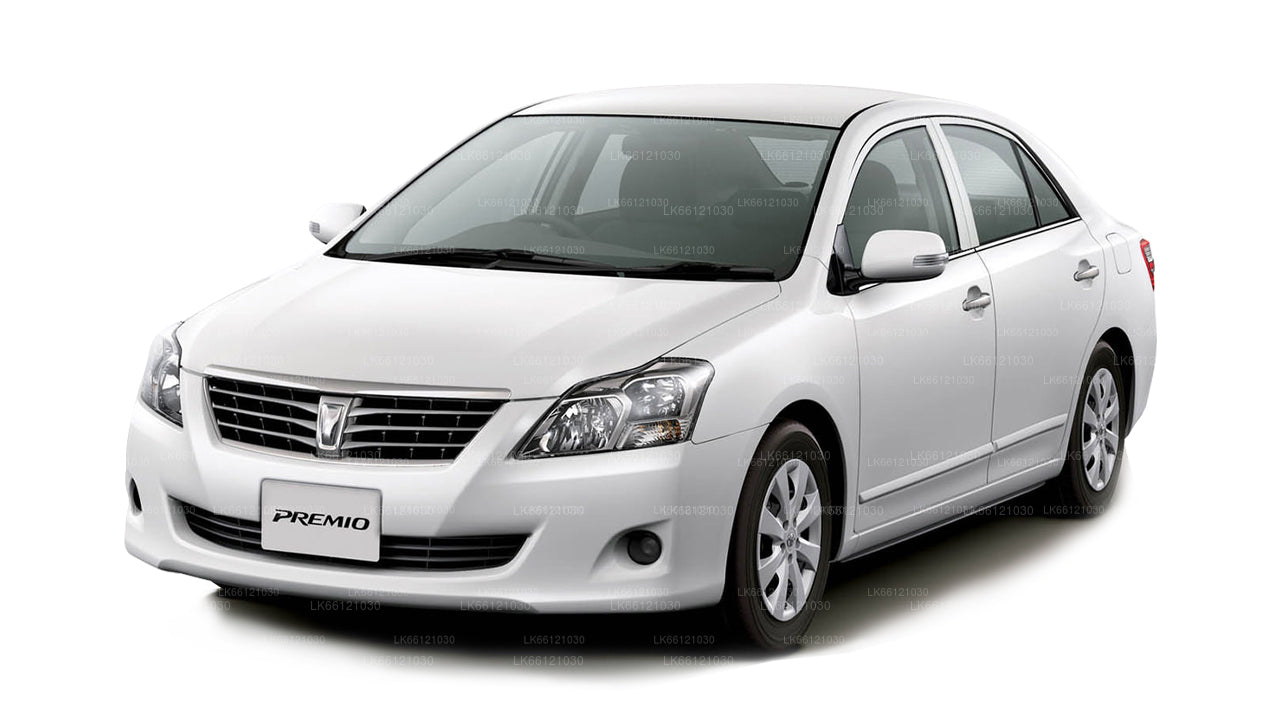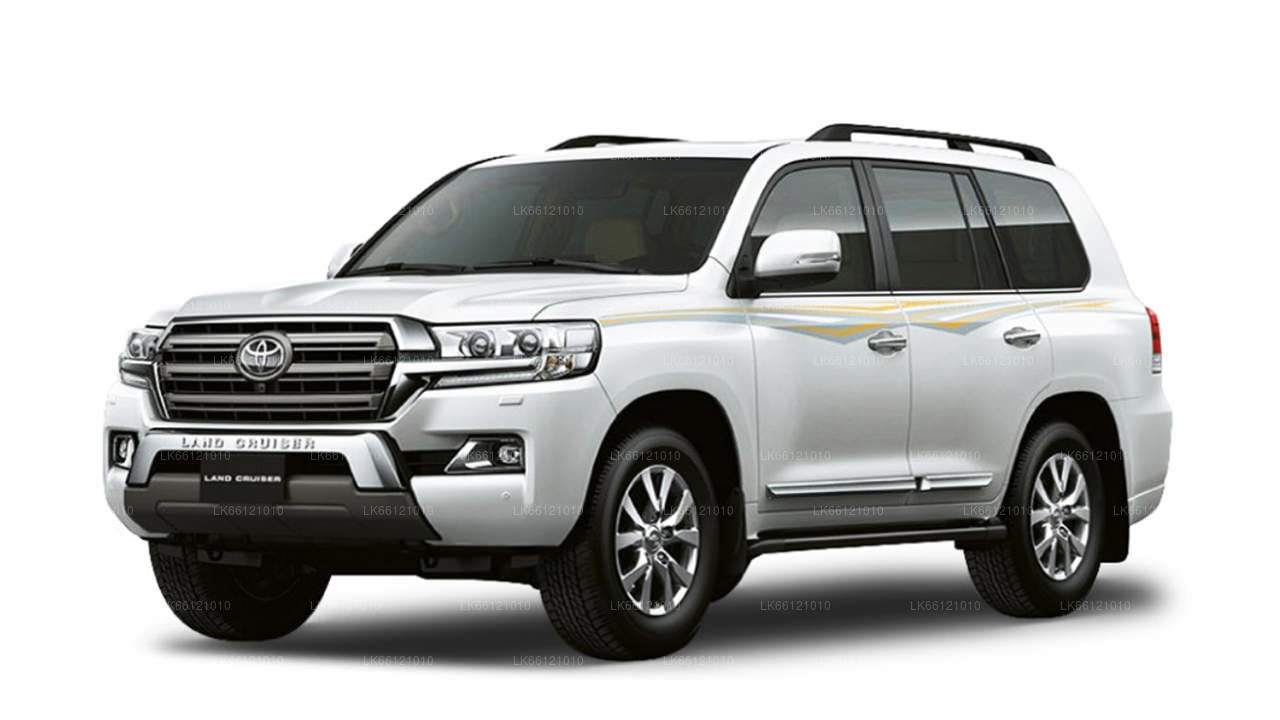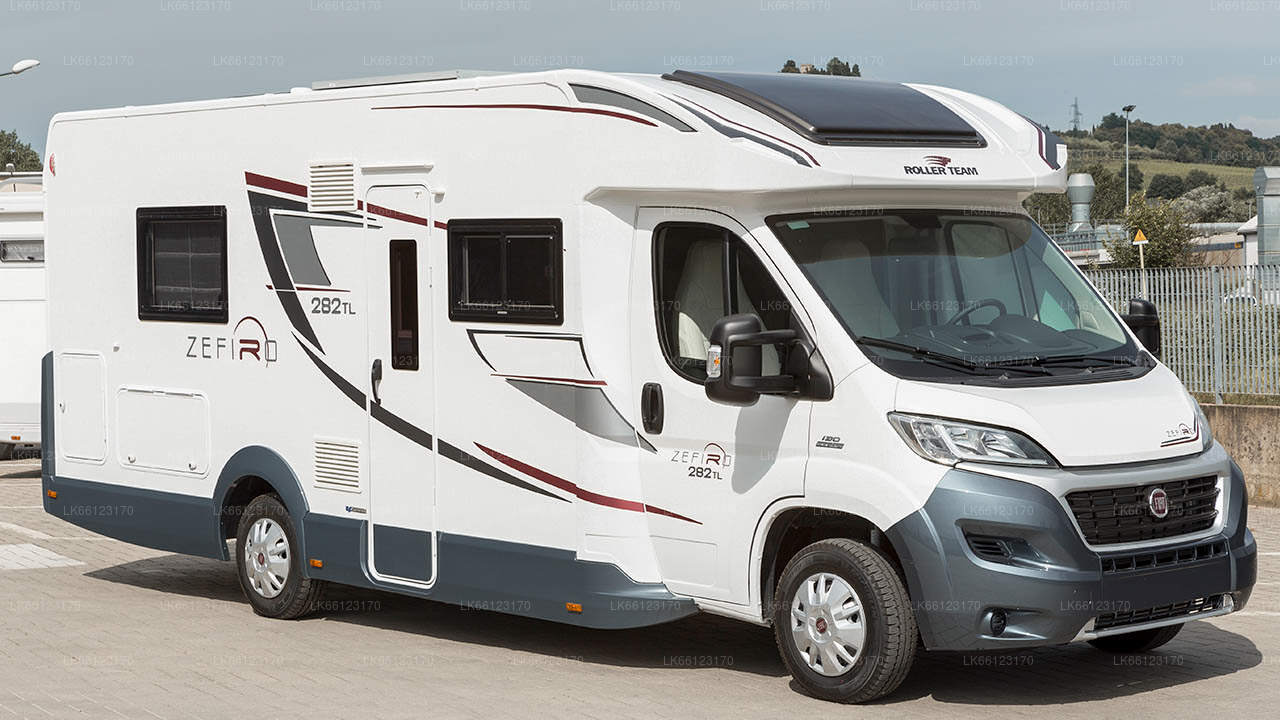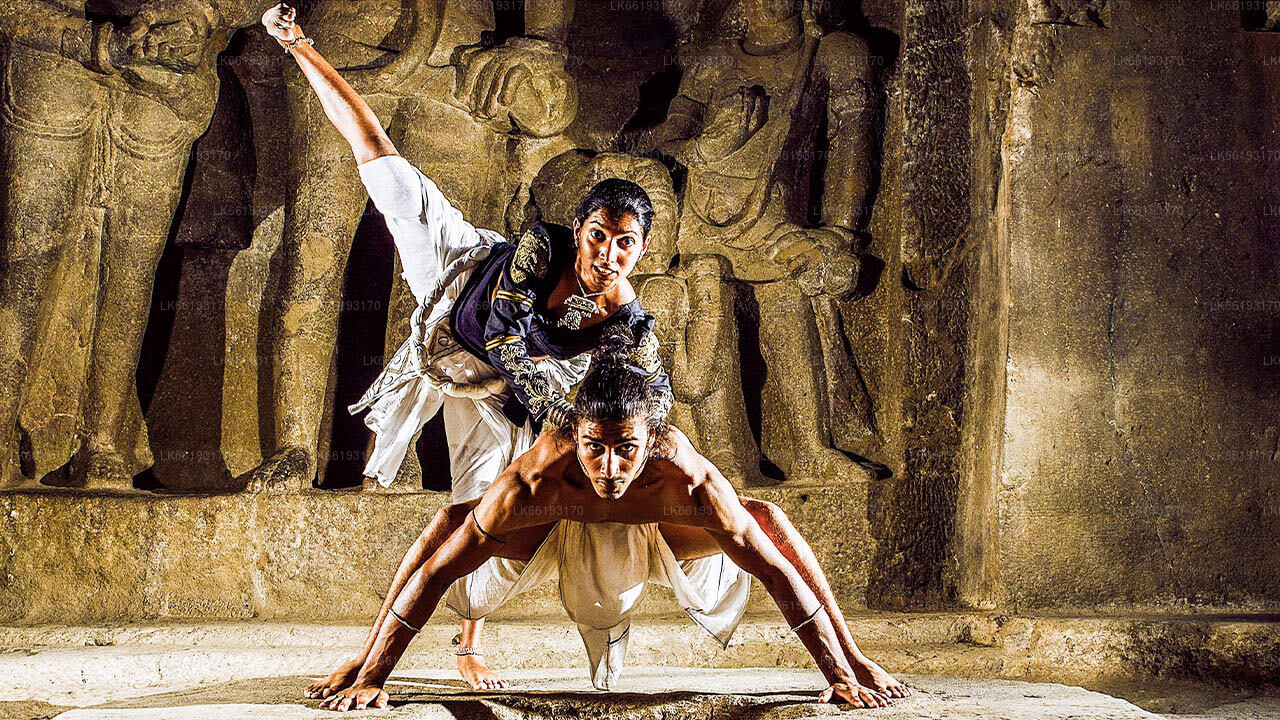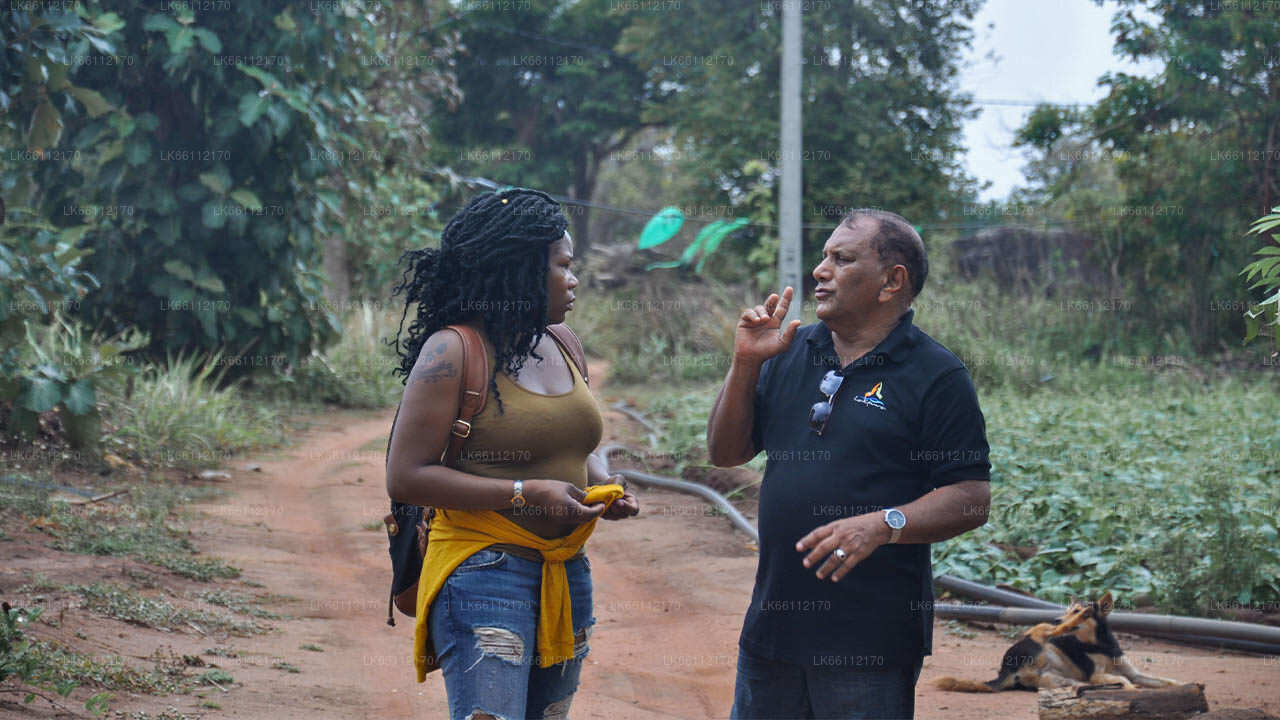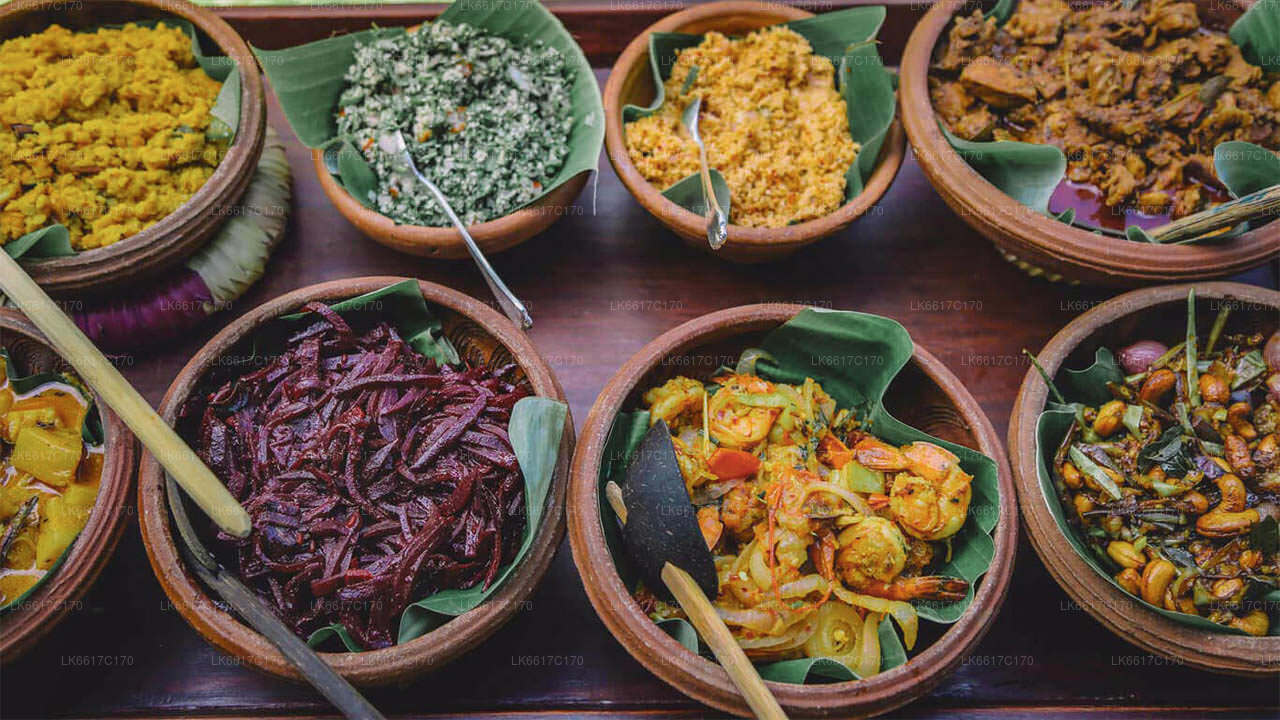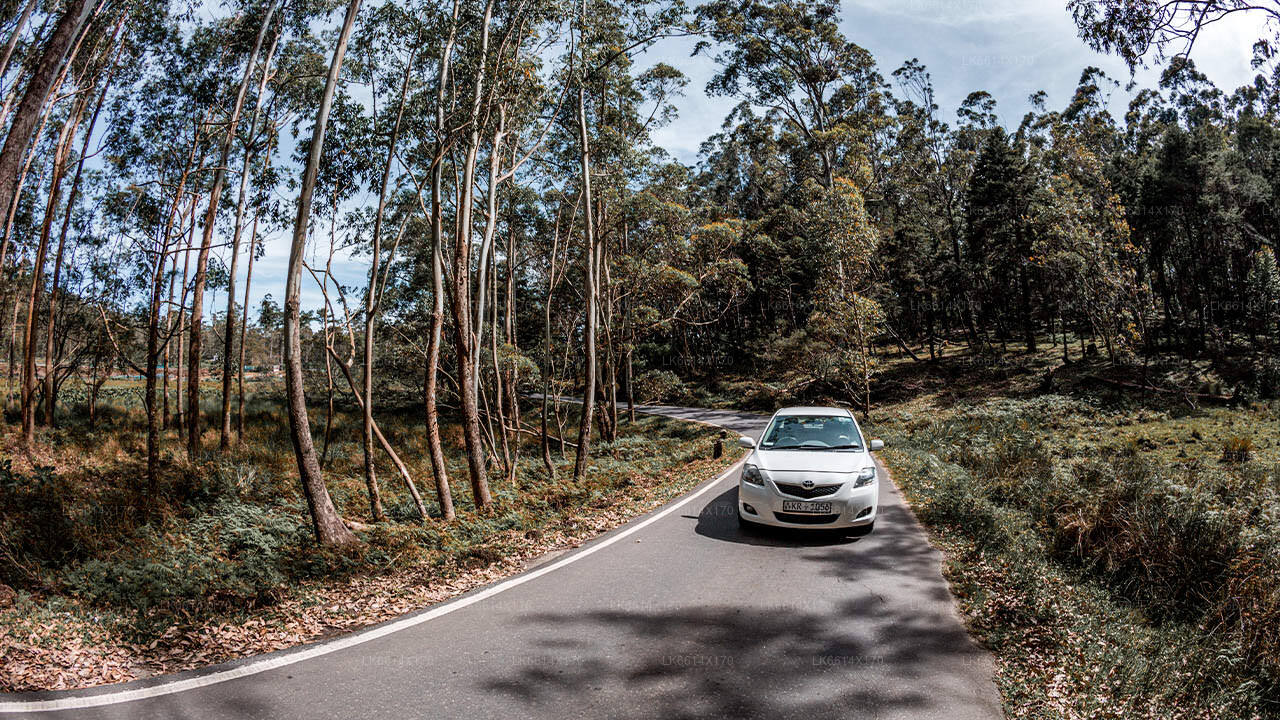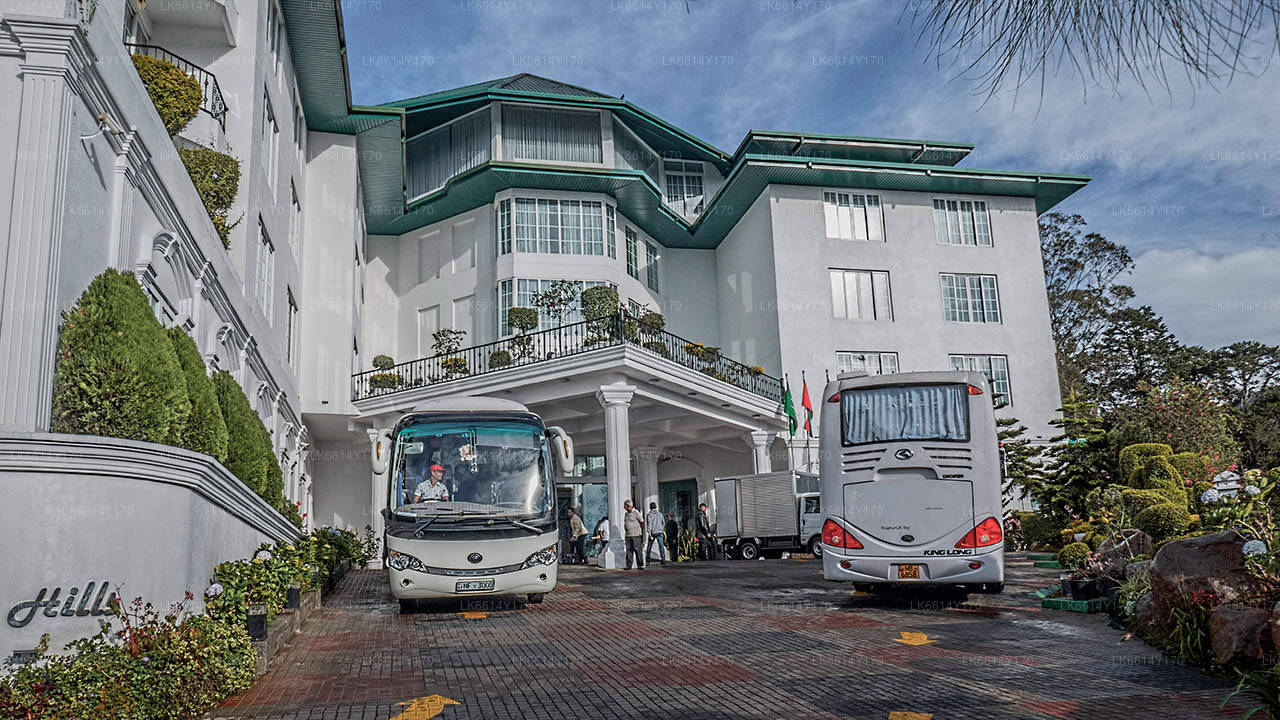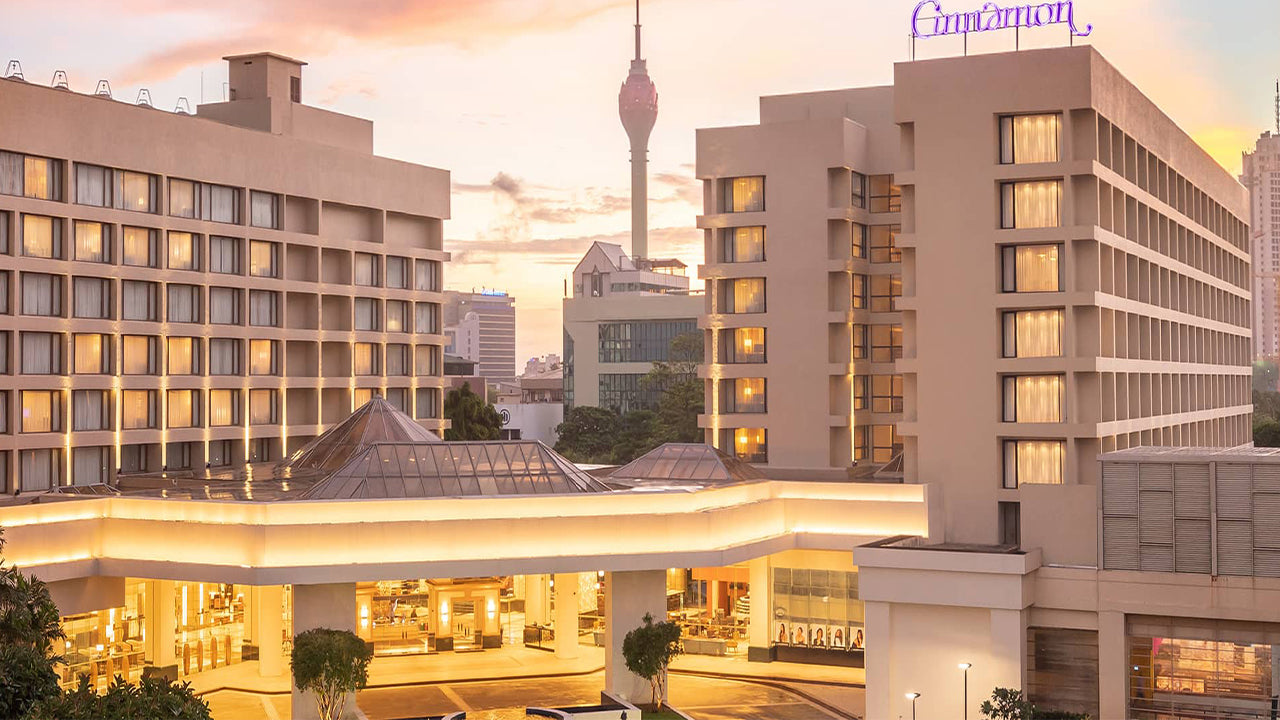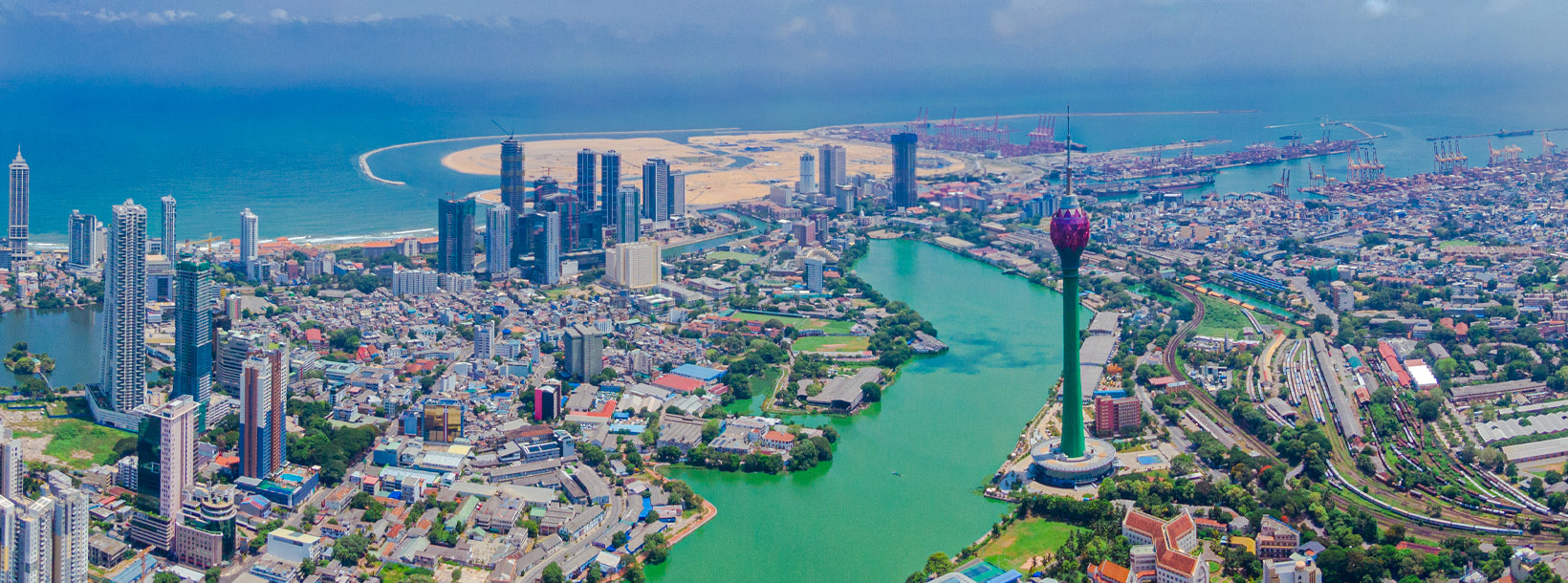
Ville de Colombo
Colombo, capitale du Sri Lanka, est une ville dynamique mêlant tradition et modernité. Elle met en valeur son architecture coloniale, ses marchés animés et ses temples bouddhistes paisibles. Avec sa cuisine variée, son paysage urbain en plein essor et ses magnifiques plages, c'est un pôle d'attraction pour les affaires, la culture et le tourisme, offrant une porte d'entrée vers les merveilles du Sri Lanka.
Beddagana Wetland Park
Directly outside the main part of the Greater Colombo City, lie the suburbs of Rajagiriya and Ethul Kotte. The area was once the location of the Kotte Kingdom, centuries ago, and remains the seat of power with the country’s Parliament being located in the area.
Ethul Kotte in specific, was the heart of the Kotte Kingdom and held a fort, homes of ministers and, a moat. The names of the roads in the area, such as Rampart Road and Colombotantri (Colombo Regime) Mawatha, still bear the footprints of their long history. The fort appears to have been protected by Diyawanna Lake at the back, while a moat fed from the lake protected the other sides. With the passing of centuries, there was water seepage and a major portion of the water drained back into the lake. The water that remained turned the surrounding land into a sludgy marshland, unfit for inhabitation by humans. It also became a part of the flood plains of Diyawanna lake.
The marsh remained undisturbed for many centuries, becoming overgrown with mangroves and wetland plants. It became the location of a rich and flourishing ecosystem as many birds and animals made their home amongst the wilderness. Untouched by humans and unseen from prying eyes, the marshland became a haven for rare local and migratory birds, and a large number of insect life. Seeds brought in by the birds also gave rise to many beautiful and rare flowering plants, causing a number of butterfly species to visit the area.
In 1985, the Sri Lankan Department of Wildlife Conservation took into consideration the biodiversity in the area and declared the 18 hectare area a Wildlife Sanctuary. Then in 2013, the Metro Colombo Urban Development Project (MCUDP) redesigned the area as a wetland park where people could enjoy nature and have some healthy recreation. It was opened in 2016. Today the park also serves to protect the flora and fauna in the area, while helping control the flooding that occurs from any overflows from the Diyawanna Lake. It is visited by locals and foreigners alike and is famous for birdwatching and butterfly watching.
Visiting
is located in the Beddagana area of Ethul Kotte, close to back end of Rampart Road. The main entrance can be reached by turning at the Beddagana turn-off while traveling down Kotte Road, and then turning onto the lane on the left (one lane after the lane with the Beddagana Bo Tree) that leads to the wetland park. The park itself has a spacious carpark available at the corner, right after your read it. So you can park your vehicles there easily. You will need to do a lot of walking. So keep your jogging shoes and glass water bottles ready. Plastic bottles and containers are not allowed in the park. You will have to leave them outside at the ticket counter. If you bring any snacks, please do not leave any wrappers or plastic within the park. Don’t forget to bring your binoculars and cameras though. Keep the flash and shutter sound
À propos du district de Colombo
Colombo est la plus grande ville et la capitale commerciale du Sri Lanka. Elle est située sur la côte ouest de l'île, à proximité de Sri Jayewardenepura Kotte, la capitale du pays. Colombo est une ville animée et dynamique, mêlant modernité, bâtiments et ruines coloniaux, et compte 647 100 habitants. La région métropolitaine de Colombo, définie par les districts de Colombo, Gampaha et Kalutara, compte une population estimée à 5 648 000 habitants et couvre une superficie de 3 694,20 km². Colombo est une ville multiethnique et multiculturelle. C'est la ville la plus peuplée du Sri Lanka, avec 642 163 habitants. La population de Colombo est un mélange de nombreux groupes ethniques, principalement cinghalais, maures et tamouls. On y trouve également de petites communautés d'origine chinoise, portugaise, néerlandaise, malaise et indienne, ainsi que de nombreux expatriés européens. La grande majorité des entreprises sri-lankaises ont leur siège social à Colombo. Parmi les industries présentes figurent les produits chimiques, le textile, le verre, le ciment, la maroquinerie, le mobilier et la bijouterie. Le centre-ville abrite le deuxième plus haut gratte-ciel d'Asie du Sud : le World Trade Centre. À propos de la province occidentale : la province occidentale est la plus densément peuplée du Sri Lanka. Elle abrite la capitale législative, Sri Jayawardenepura Kotte, ainsi que Colombo, centre administratif et commercial du pays. La province occidentale est divisée en trois districts principaux : Colombo (642 km²), Gampaha (1 386,6 km²) et Kalutara (1 606 km²). En tant que pôle économique du Sri Lanka, la ville accueille toutes les grandes entreprises locales et internationales, ainsi que les grands créateurs et les grandes enseignes. Préparez-vous donc à une séance de shopping dans la province occidentale. Avec la plus forte population de toutes les provinces, la province occidentale abrite la quasi-totalité des principaux établissements d'enseignement de l'île. Parmi les universités de la province, on compte l'Université de Colombo, l'Université de Sri Jayewardenepura, l'Université de Kelaniya, l'Open University, l'Université bouddhiste et pali du Sri Lanka, l'Université de défense générale Sir John Kotelawala et l'Université de Moratuwa. La province occidentale compte le plus grand nombre d'établissements scolaires du pays, comprenant des écoles nationales, provinciales, privées et internationales.






